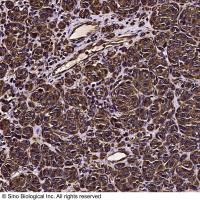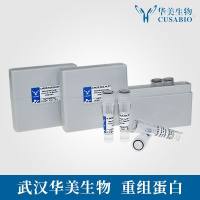Quantitative Assay of Hepatitis B Surface Antigen in Serum or Plasma Using Laurell Electrophoresis
互联网
互联网
相关产品推荐

Vimentin Antibody, Rabbit PAb, Antigen Affinity Purified | Vimentin 兔多抗 (抗原亲和纯化)
¥1699

SIM SF Expression Medium (For SF9, SF21)(Serum free) | SIM SF 细胞培养基 (用于SF9, SF21细胞)(无血清)
¥450

p46/p46蛋白Recombinant Mesomycoplasma hyopneumoniae 46 kDa surface antigen (p46)重组蛋白p46蛋白
¥2616

HBV Capsid Protein重组蛋白|Recombinant Hepatitis B Virus(HBV) Capsid protein(His Tag)
¥4520

SARS-CoV-2 (2019-nCoV) Nucleocapsid/N Antibody Titer Assay Kit | SARS-CoV-2 (2019-nCoV) Nucleocapsid/N Antibody Titer Assay Kit
¥5000
相关问答

